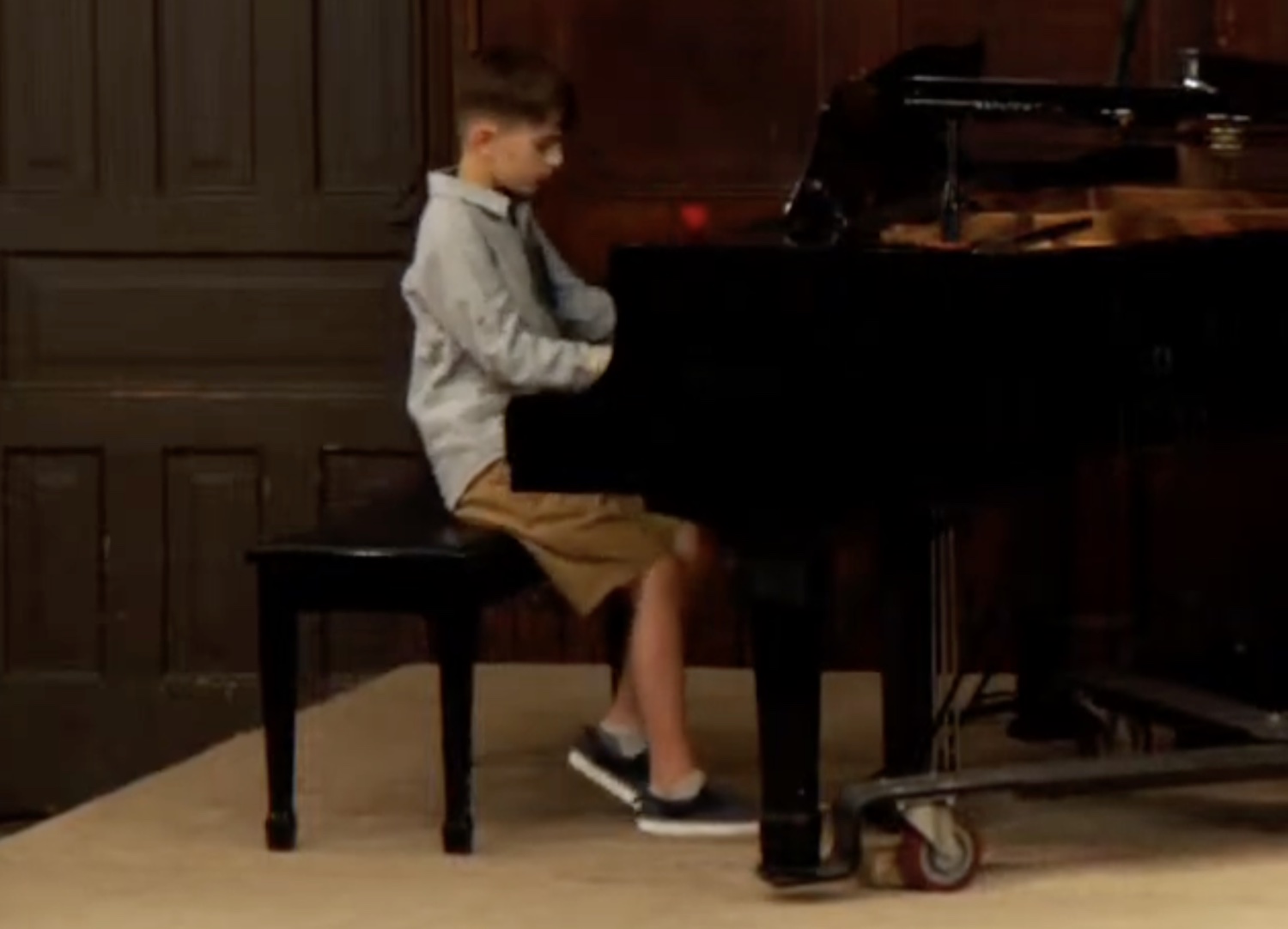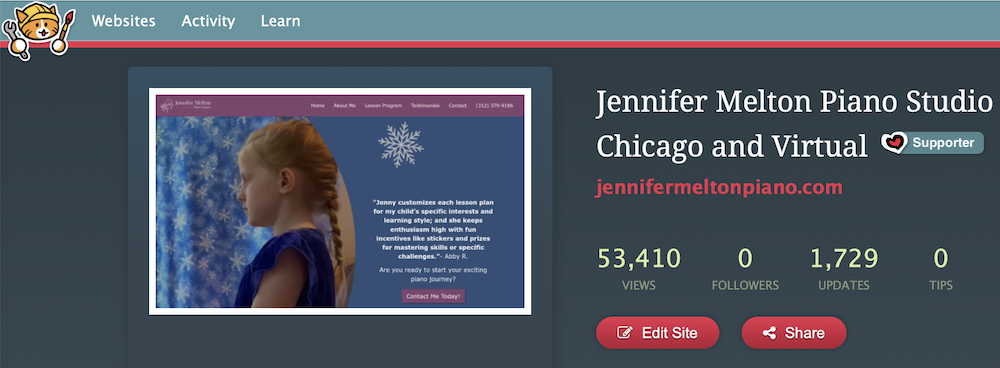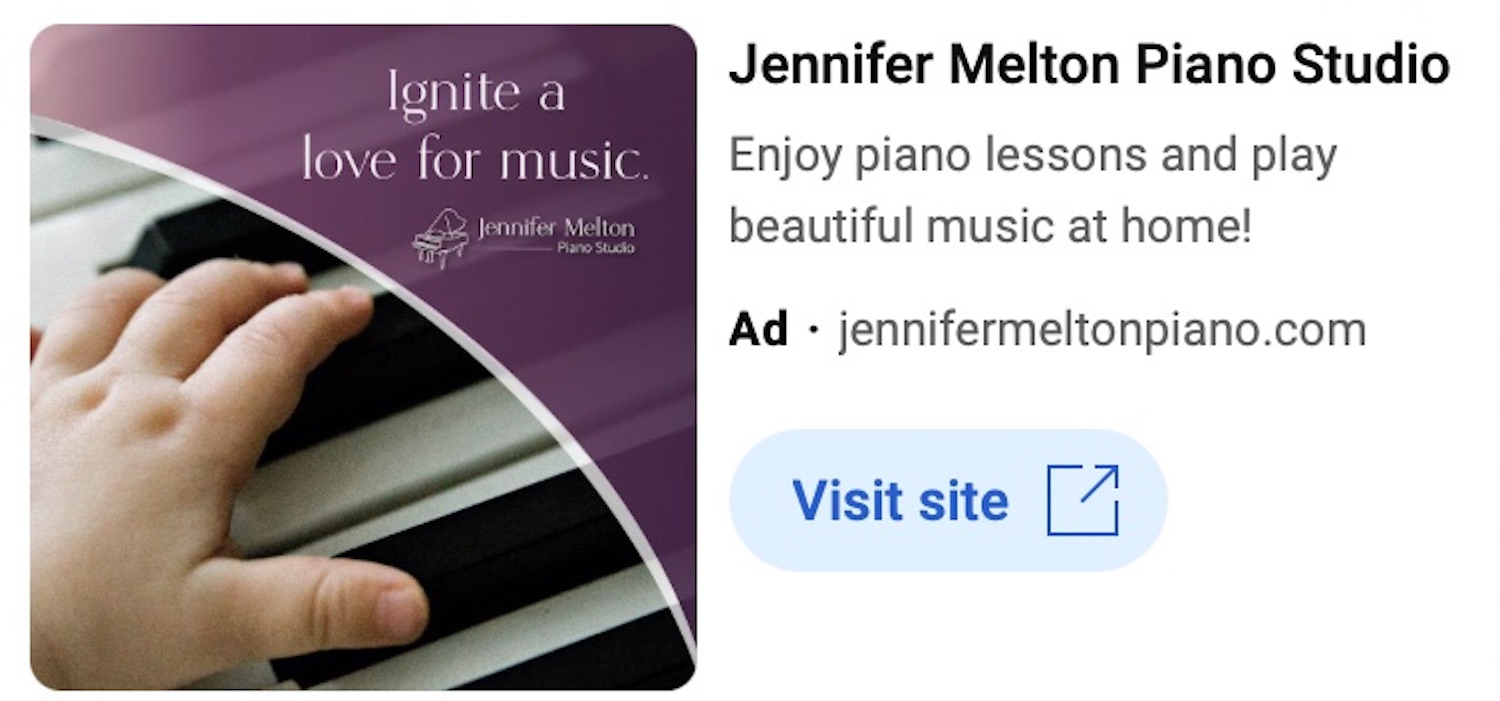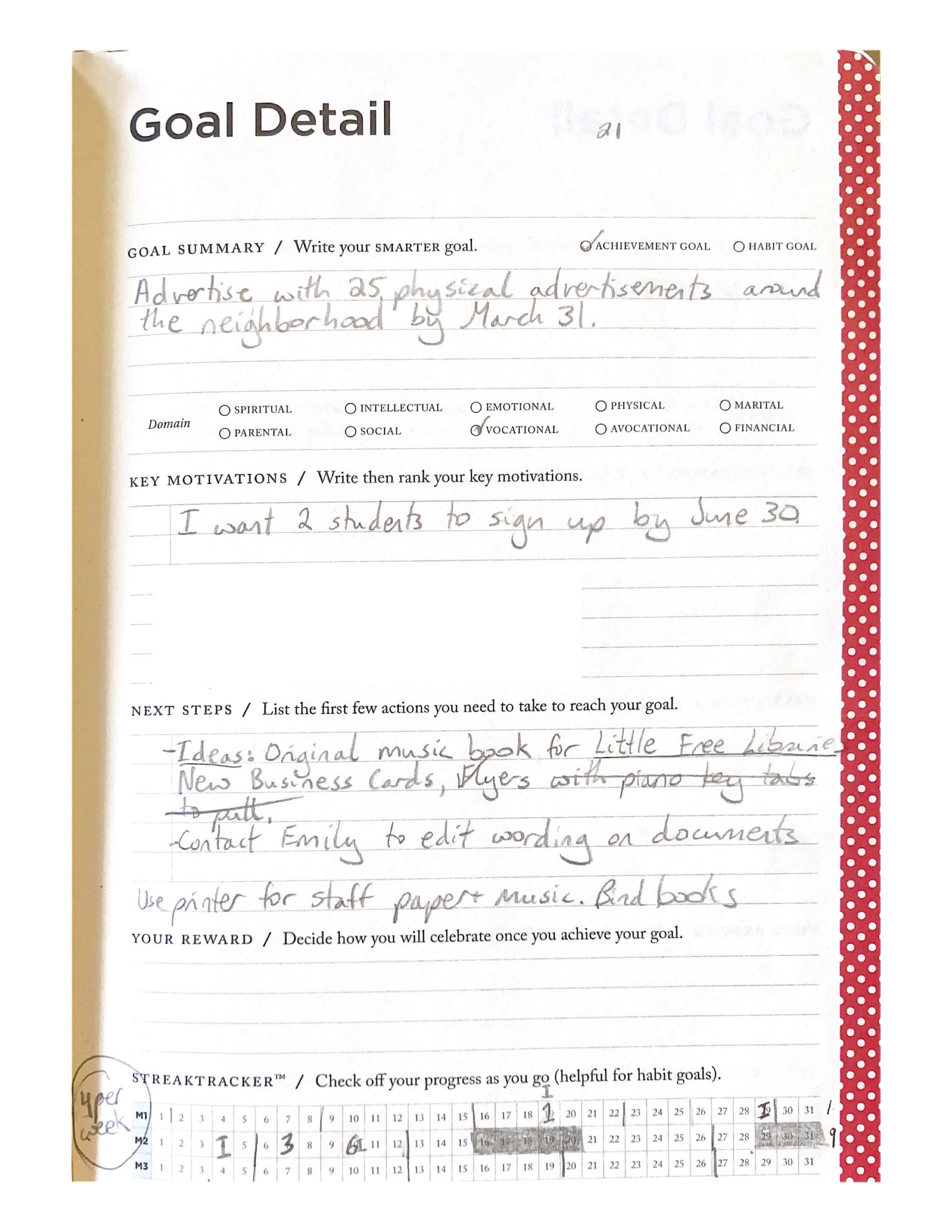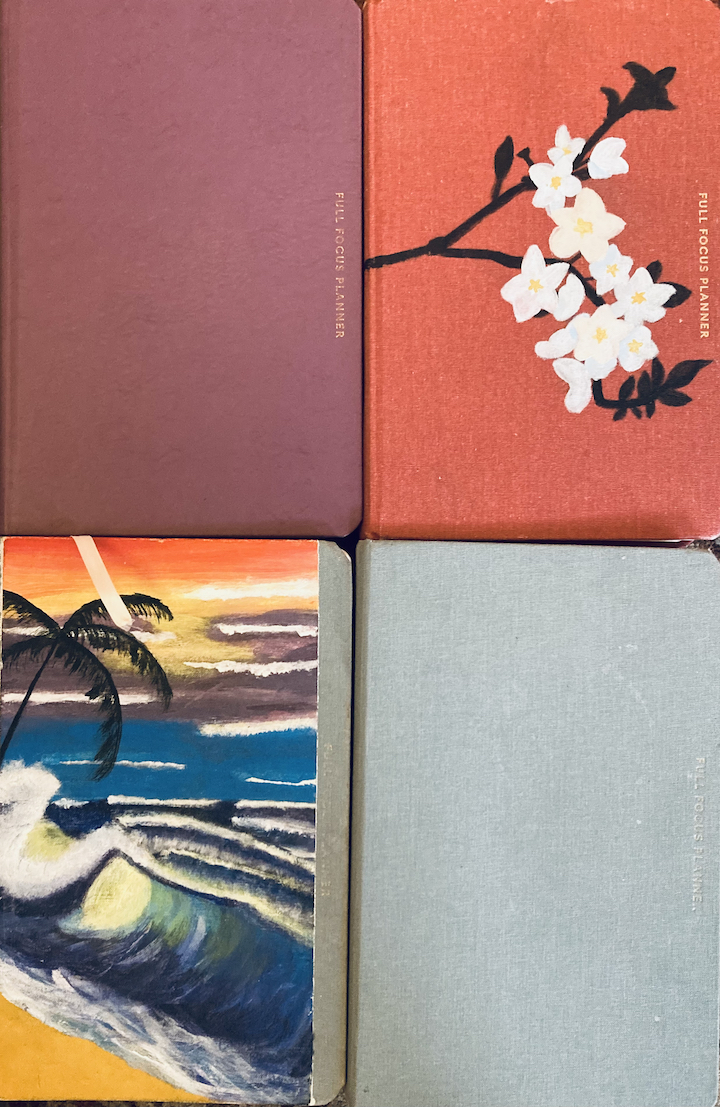🎄Christmas In July
Do you remember Christmas in July? TV networks would air all of their Christmas specials in the middle of July and I remember distinctly the suggestion to make peppermint ice cream sandwiches while we watched.
In my studio, Christmas in July means that it's time to get out the Christmas books and pick pieces and songs. I start this week on July 19 and end on July 25.
Is it too early? Actually, no. By the time the holidays come up, there is simply not enough time to learn Christmas music for our winter recital and celebrations with family and friends.
This year, I decorated my studio with a wreath and put little Santa hats on two of my little plushies.
Requests so far have included Sleigh Ride, The Holly and the Ivy, Silent Night, and O Little Town of Bethlehem. I have two more lessons coming up during this week, so I will update with the rest!
Books and sheets I currently own:
- Sleigh Ride
- O Holy Night (High Voice)
- You're a Mean One, Mr. Grinch
- Faber Supplemental Series Christmas books - solos and duets, especially Level 4 solos
- Faber Supplemental Series - Classical Level 3A-3B - Dance of the Sugar Plum Fairies
- George Winston Piano Solos - The Snowman and more
- Peanuts Illustrated Songbook - This contains transcriptions from A Charlie Brown Christmas
Christmas albums (and specific tracks) I love to listen to:
- Mannheim Steamroller Christmas
- A Fresh Aire Christmas
- Christmas in the Aire
- A Family Christmas by John Tesh - Carol of the Bells
- Kenny G Miracles: The Holiday Album
- A Charlie Brown Christmas
- Home Alone soundtrack
- Winter - George Winston
- Linus & Lucy - George Winston - Skating and Linus & Lucy
- Forest - George Winston - Music from The Snowman
- Elf Soundtrack - The Nutcracker Suite by The Brian Setzer Orchestra
- 1996/ Ryuichi Sakamoto - Merry Christmas Mr. Lawrence



